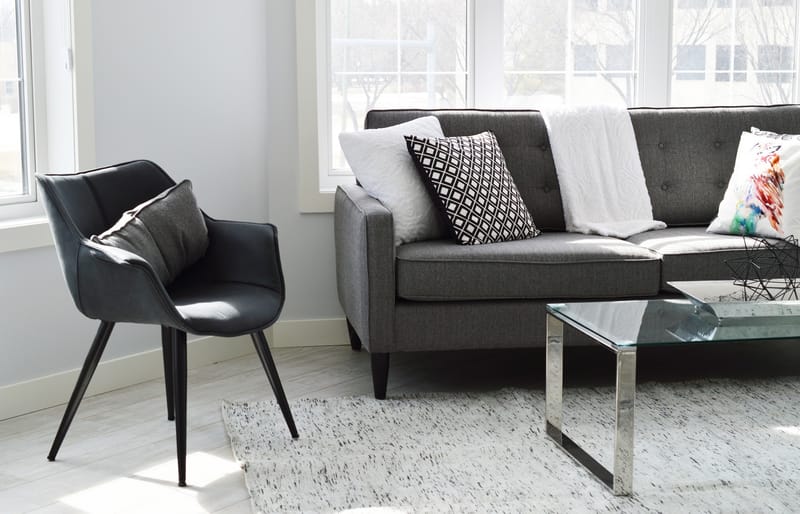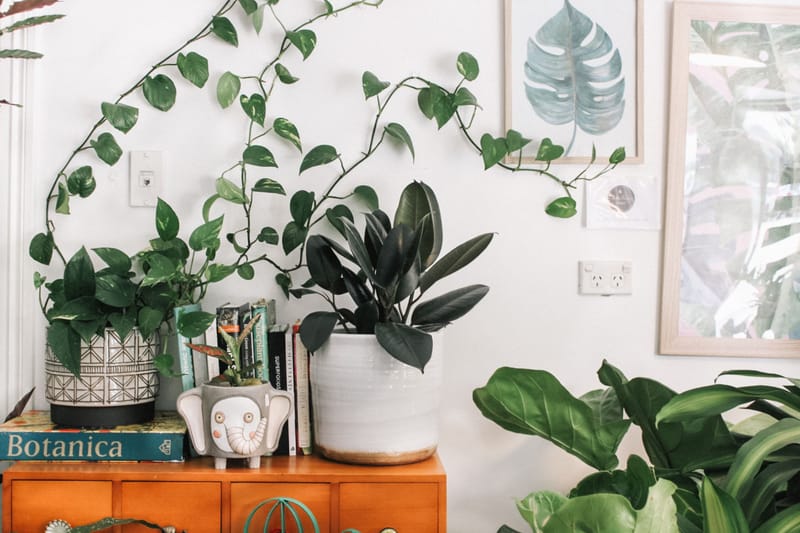Blog
Sample text
Whether you are working with existing furnishings and fabrics or “starting from scratch” with an empty room, you should always use the elements and principles of design as a guide in choosing everything. The elements are your tools or raw materials, much like paints are the basics to a painter. The five elements of interior design include space, line, form, color, and texture. The principles of design relate to how you use these elements and are balance, emphasis, rhythm, proportion and scale, and harmony and unity.
Read MoreThis is particularly true regarding the seven principles of interior design: balance, unity, rhythm, emphasis, contrast, scale and proportion, and details. These standards have been created to help accomplish harmonious interiors that convey character.
Read MoreArchitects wearing different hats simultaneously suffer from occupational stress due to different construction characteristics. Decreased productivity, excessive absenteeism, burnout, and turnover intention are all linked to the effects of occupational stress.
Read MoreExisting material and supplier selection practices in the construction industry are time-consuming and error-prone due to reliance on human judgment and personal communication with a limited number of suppliers.
Read More


